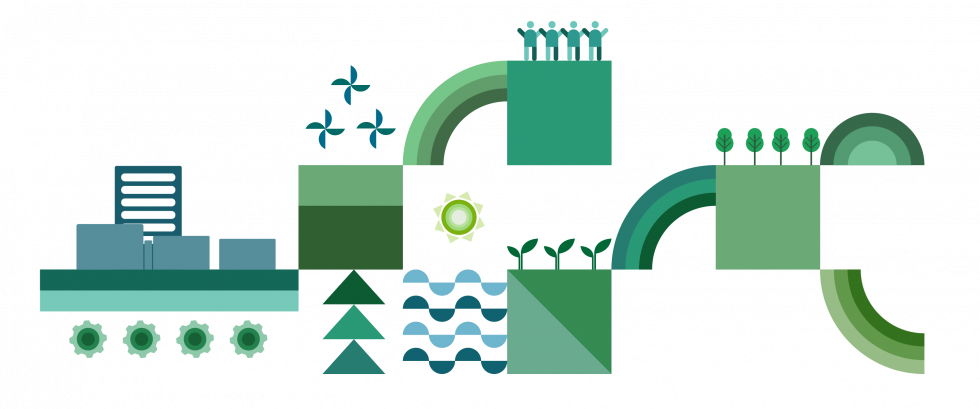Systemic support for the greening of higher education
The greening of higher education is integrated in the main current strategic document in the area of higher education, the Resolution on the National Programme of Higher Education to 2030, which was adopted in 2022. In this strategic document, education, science and arts are seen as key drivers for the sustainable development of society and green and digital transition. Green Higher Education is also one of the three horizontal thematic areas of the Action Plan for the Implementation of the Resolution on the National Programme of Higher Education to 2030 (Action Plan – available only in Slovenian).
In addition, as part of the project of Reform of Higher Education for a Green and Resilient Transition to Society 5.0 (2022-2026), which is integrated in the Recovery and Resilience Plan (RPP) (NextGenerationEU) and is also one of the main implementation tools in the above-mentioned Action Plan, the ministry responsible for higher education prepared the Guidelines for the Reform of Professional Higher Education with a proposal for an implementation plan in 2022, which also focus on the green transition. In this segment, Guidelines also draw on the Recommendations for Strengthening Climate Education in Higher Education in Slovenia, prepared within the Care4Climate project by the ministry responsible for climate.
Based on the Guidelines, Slovenian higher education institutions prepared pilot projects and applied to the public call published by the ministry responsible for higher education in 2022. Thirtyeight pilot projects, focusing on the green transition, digital transformation and lifelong learning, were successful in the selection process. The pilots will conclude in 2025 and based on their results and an external evaluation, the Ministry of Higher Education, Science and Innovation will prepare a blueprint for investing in green, resilient, sustainable, and digitally connected higher education in 2026, which will form the basis for systemic changes in higher education at three levels:
- content (curricular reform)
- normative (optimization and flexibilization of the study process) and
- infrastructural.
The greening of higher education infrastructure is also systematically covered in the Strategy and Action Plan on the Greening of Public Educational and Research Infrastructure in Slovenia to 2030 (available only in Slovenian) that was adopted in 2023 as part of the implementation of Slovenian RRP. The Strategy, which was developed in cooperation between the Ministry of Higher Education, Science and Innovation and the Ministry of Education, is key to the long-term development of public education and research infrastructure through targeted investment in better quality, more economical, low-carbon, energy-efficient and modern building stock, while respecting the principle of "do no significant harm". Such planned investments can effectively contribute to the green and digital transition and to a more sustainable education and research building stock.
The awareness that efforts should be combined and silo mentality overcome has also materialized in an ambitious comprehensive strategic project of decarbonising Slovenia through circular economy – Deep Demonstration Slovenia. The Slovenian Government is implementing this project together with Climate KIC and the greening of higher education integrated in the project.
The rules and support on green public procurement can also represent an important lever on improving the environmental sustainability of higher education institutions.


